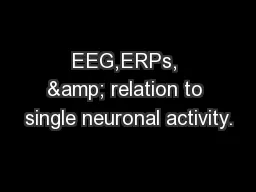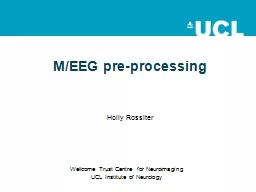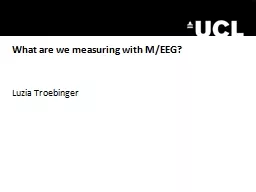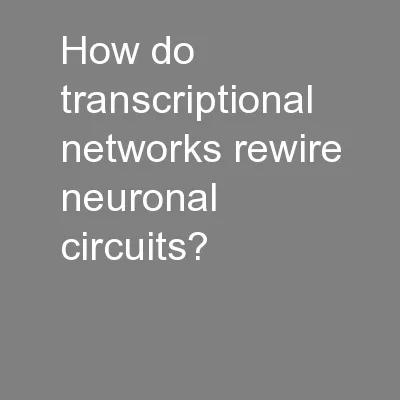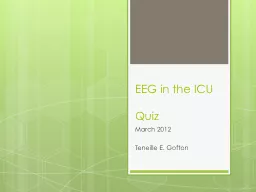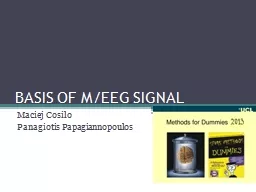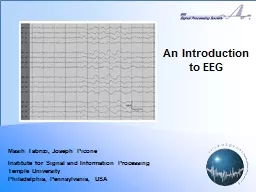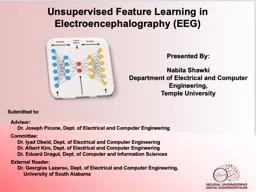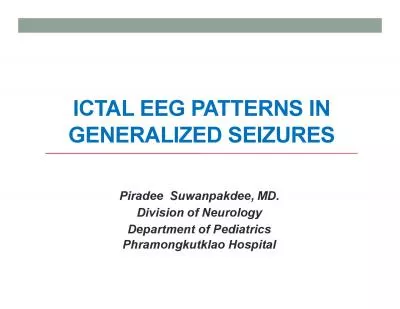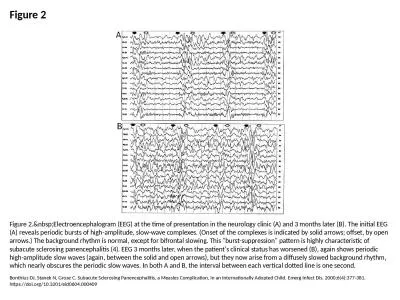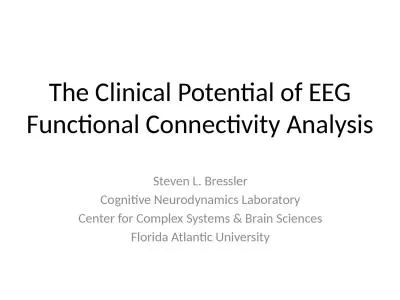PPT-EEG,ERPs, & relation to single neuronal activity.
Author : calandra-battersby | Published Date : 2017-08-05
For 312 amp Prosem 2 parameters determine what an electrode records 1 Electrode tip diameter A 1 to 3 microns mu or µ gives you a ction potentials spikes or
Presentation Embed Code
Download Presentation
Download Presentation The PPT/PDF document "EEG,ERPs, & relation to single neuro..." is the property of its rightful owner. Permission is granted to download and print the materials on this website for personal, non-commercial use only, and to display it on your personal computer provided you do not modify the materials and that you retain all copyright notices contained in the materials. By downloading content from our website, you accept the terms of this agreement.
EEG,ERPs, & relation to single neuronal activity.: Transcript
Download Rules Of Document
"EEG,ERPs, & relation to single neuronal activity."The content belongs to its owner. You may download and print it for personal use, without modification, and keep all copyright notices. By downloading, you agree to these terms.
Related Documents

